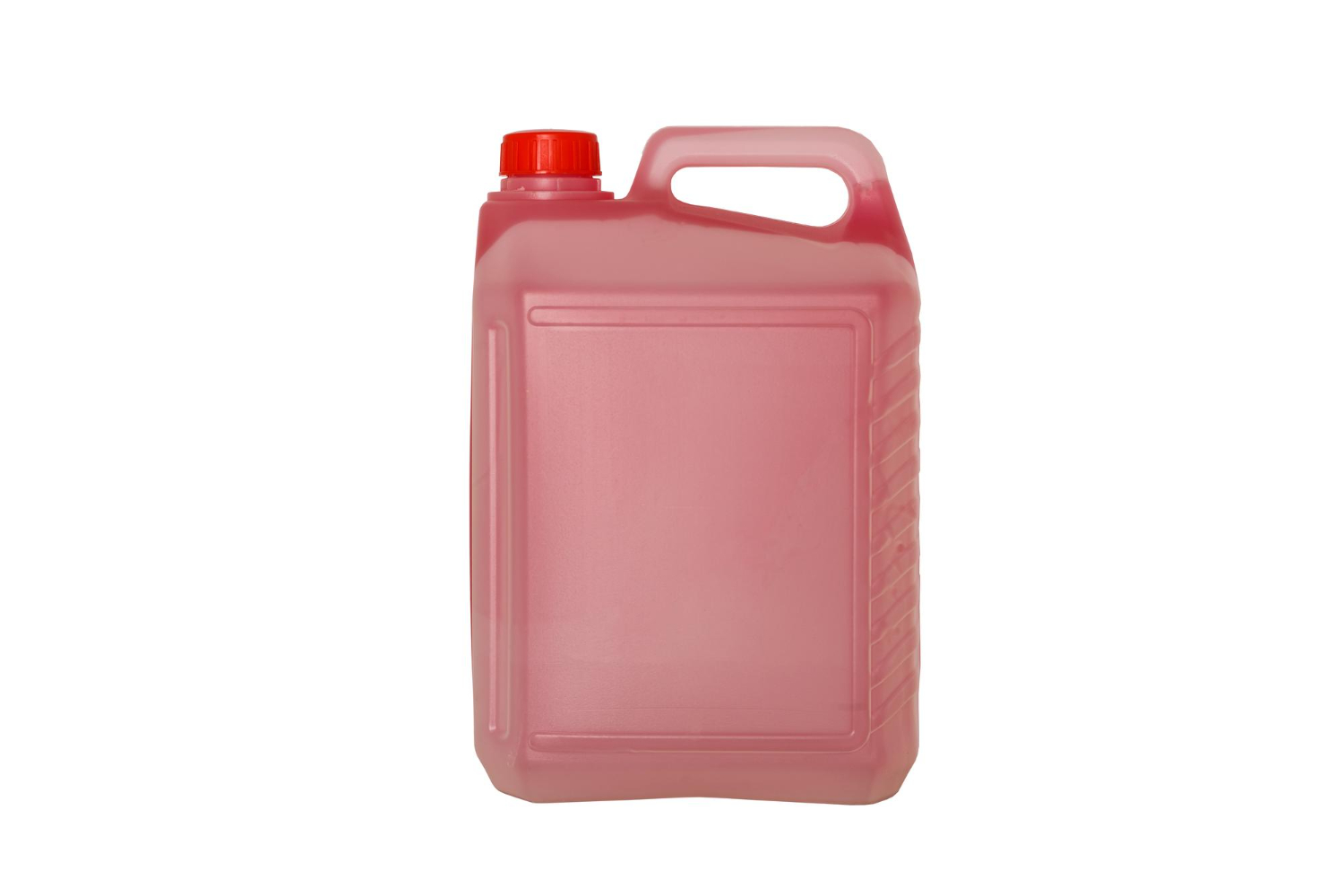Introduction:
When it comes to measuring liquid quantities, different units of measurement are used around the world. In the United States, two common units for measuring liquids are gallons and ounces. Understanding the relationship between these units is crucial for various applications, such as cooking, chemistry, and everyday tasks.
In this article, we will delve into the conversion between ounces and gallons, explore the practical implications of this conversion, and provide some real-life examples.
Conversion: Ounces to Gallons
To comprehend the conversion between ounces and gallons, it is essential to understand the basic measurements involved. The gallon is a unit of volume used in the United States and is represented by the symbol “gal.” It is equivalent to 128 fluid ounces (fl oz). On the other hand, the fluid ounce (fl oz) is a unit of volume equal to 1/128th of a gallon or 1/16th of a pint.
To convert ounces to gallons, you divide the number of ounces by 128.
The formula can be represented as:
Gallons = Ounces / 128
Conversely, to convert gallons to ounces, you multiply the number of gallons by 128:
Ounces = Gallons * 128
Examples and Practical Applications:
Cooking:
In culinary endeavors, precise measurements are crucial for achieving the desired results. Recipes often provide ingredient quantities in ounces or gallons, depending on the scale of the preparation. For instance, if a recipe calls for 64 fluid ounces of milk and you prefer working with gallons, you can divide 64 by 128 to find that it is equal to 0.5 gallons.
Chemistry and Laboratory Work:
In scientific experiments, chemicals and liquids are often measured in ounces or gallons. Understanding the conversion helps ensure accurate measurements, preventing errors that could affect the outcome of an experiment or compromise safety. Researchers and lab technicians frequently use conversion formulas to establish the correct proportions of substances needed for their work.
Consumer Goods:
In everyday life, conversions between ounces and gallons are also relevant for purchasing products such as beverages, cleaning solutions, and automotive fluids. Manufacturers and suppliers typically provide product information in ounces or gallons, allowing consumers to make informed decisions based on their specific needs. Being aware of the conversion enables shoppers to compare prices and quantities effectively.
Industrial Applications:
Industries like agriculture, manufacturing, and construction often deal with large volumes of liquids. Measurements in gallons and ounces play a crucial role in these sectors, helping to calculate quantities for irrigation, mixtures, or chemical treatments. Accurate conversions are necessary to ensure efficiency, cost-effectiveness, and compliance with regulations.
Conclusion:
Understanding the conversion between ounces and gallons is essential for a wide range of applications in daily life, culinary pursuits, scientific research, and industrial processes.
By knowing that there are 128 ounces in a gallon, individuals can make accurate measurements, follow recipes, and comprehend product information effectively. Whether you’re a chef, scientist, or everyday consumer, being knowledgeable about these conversions empowers you to make informed decisions and perform tasks with precision.




